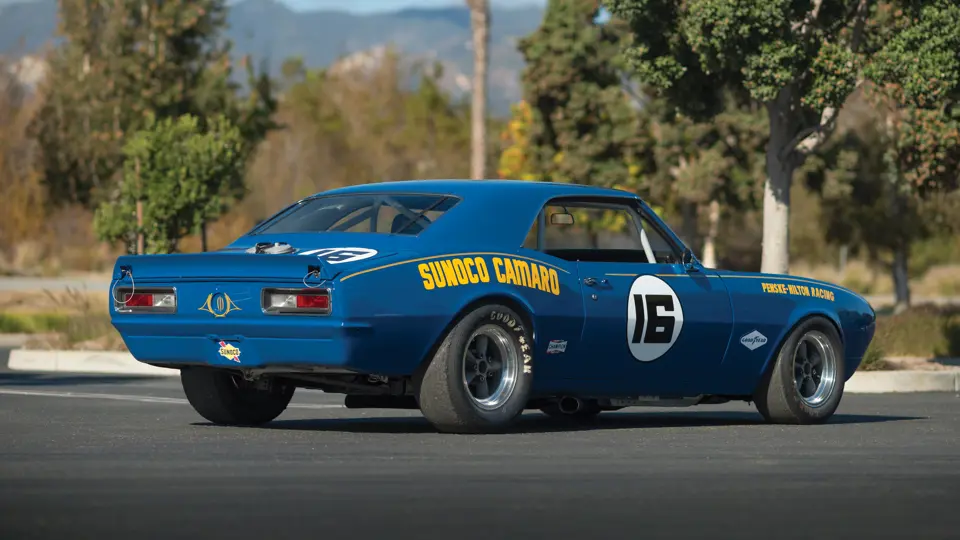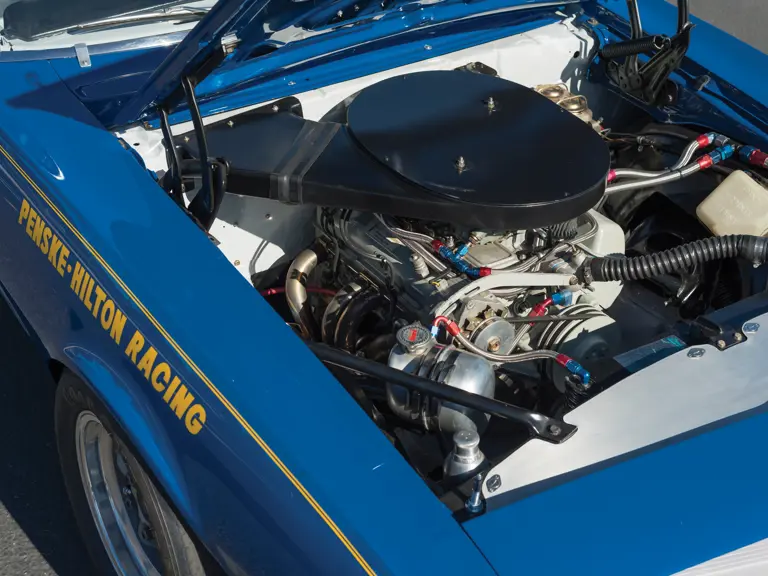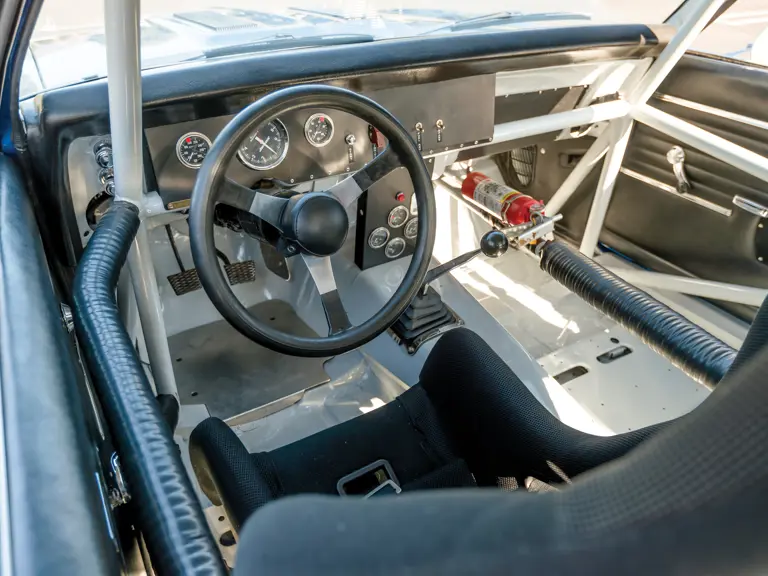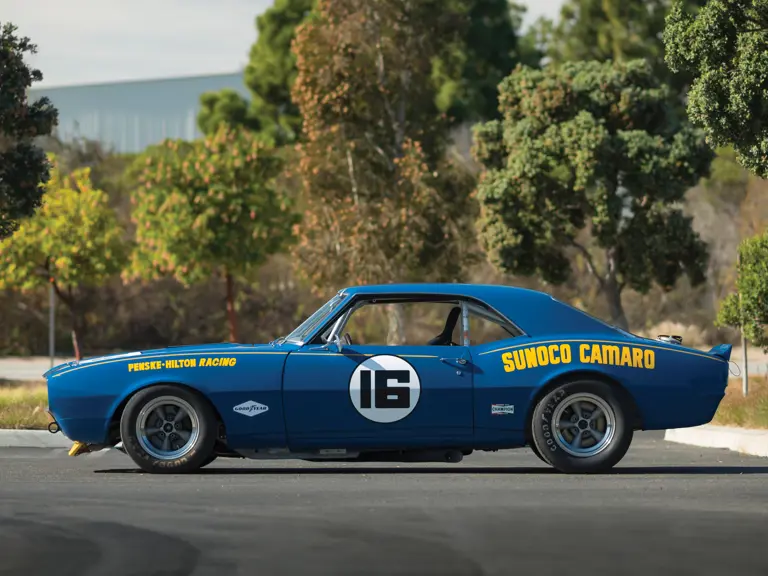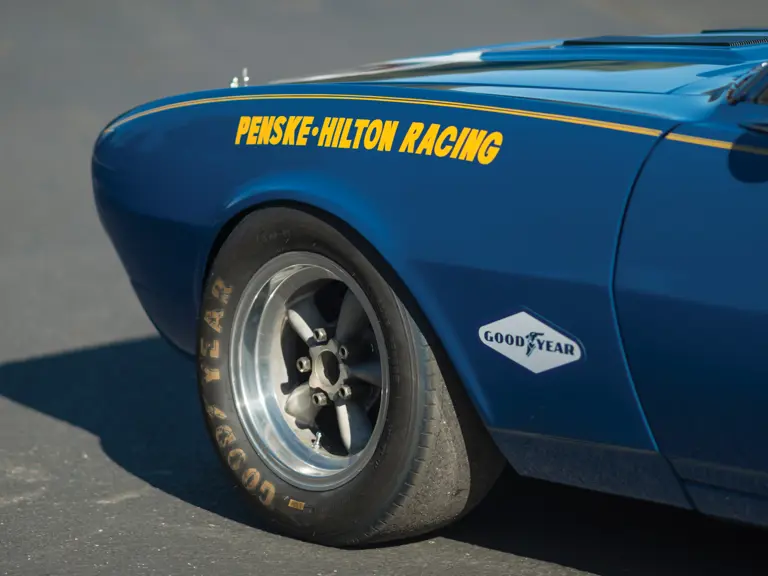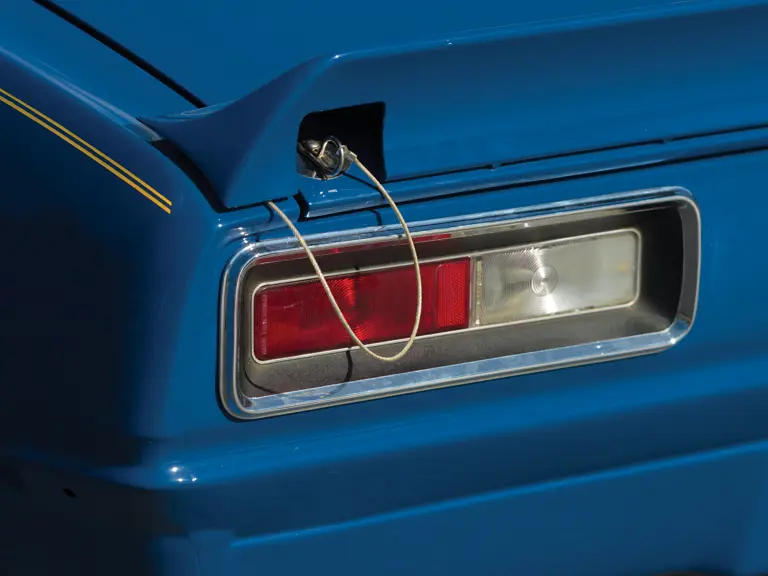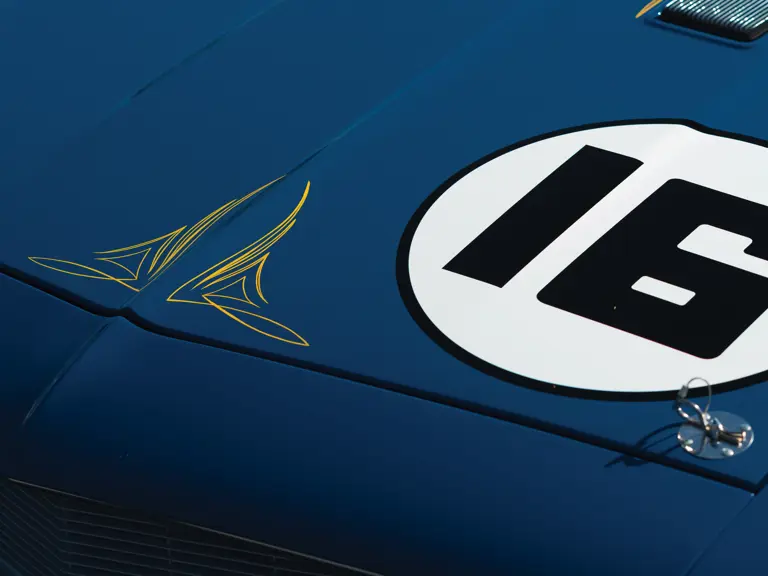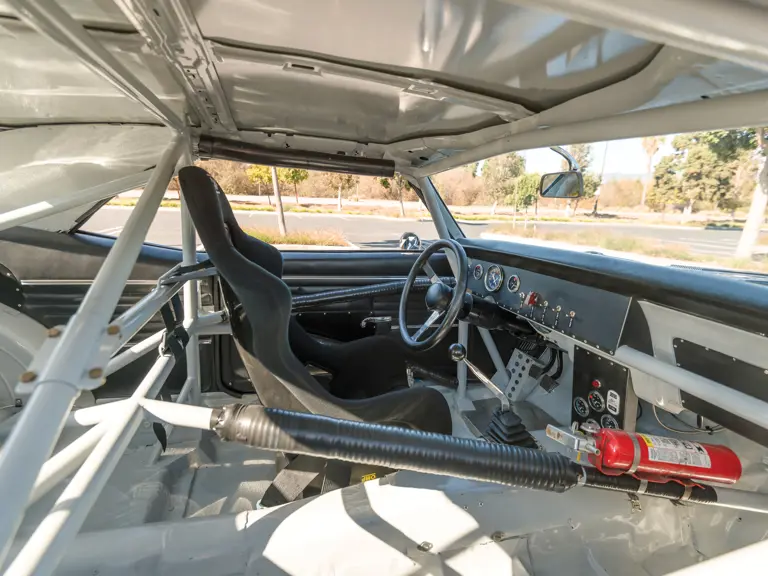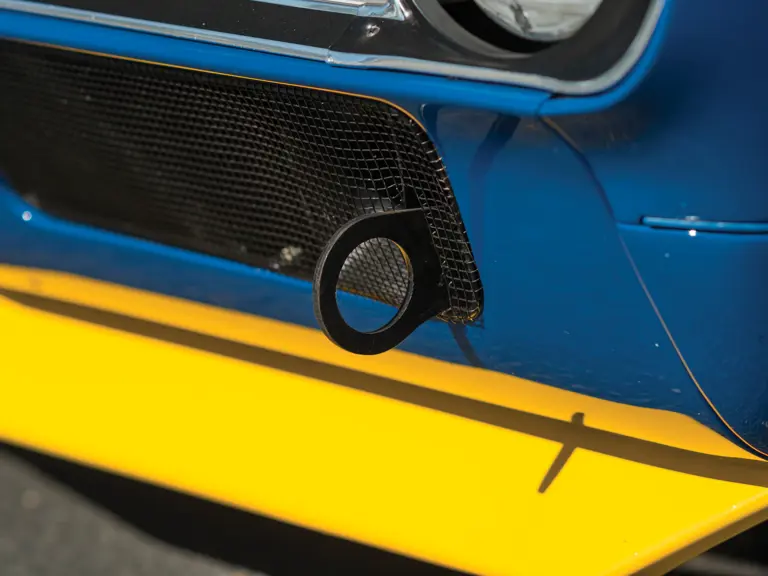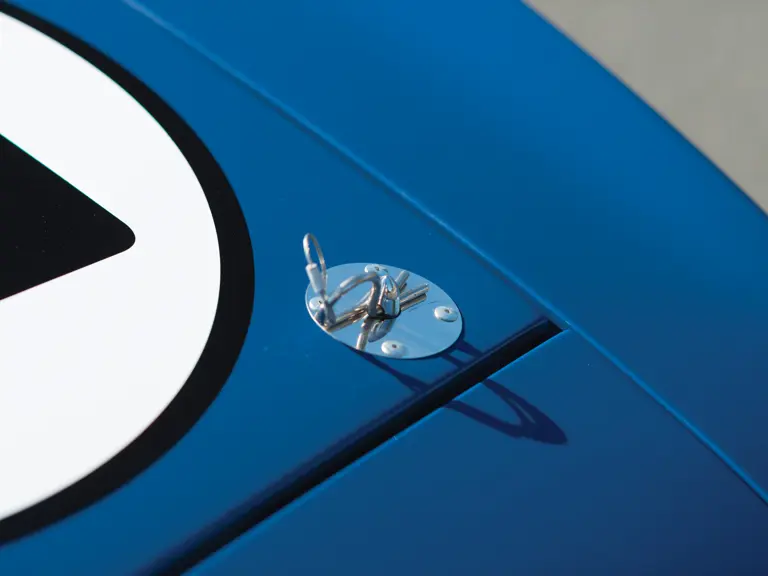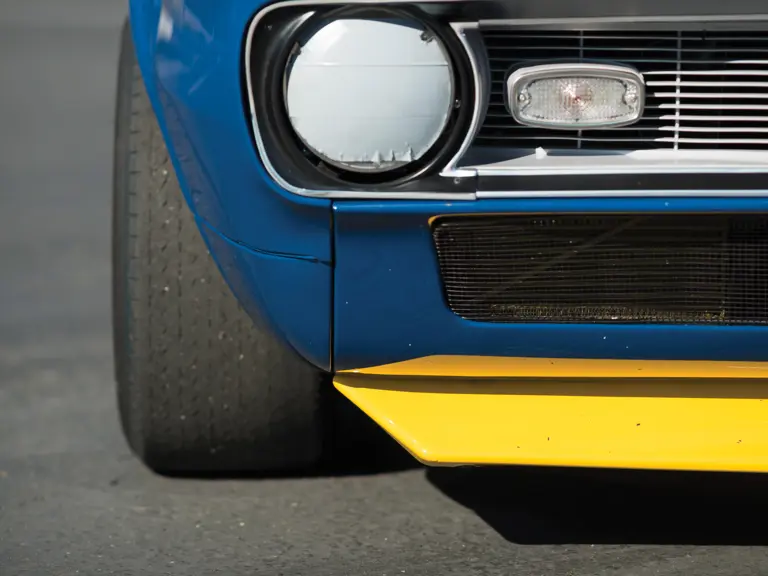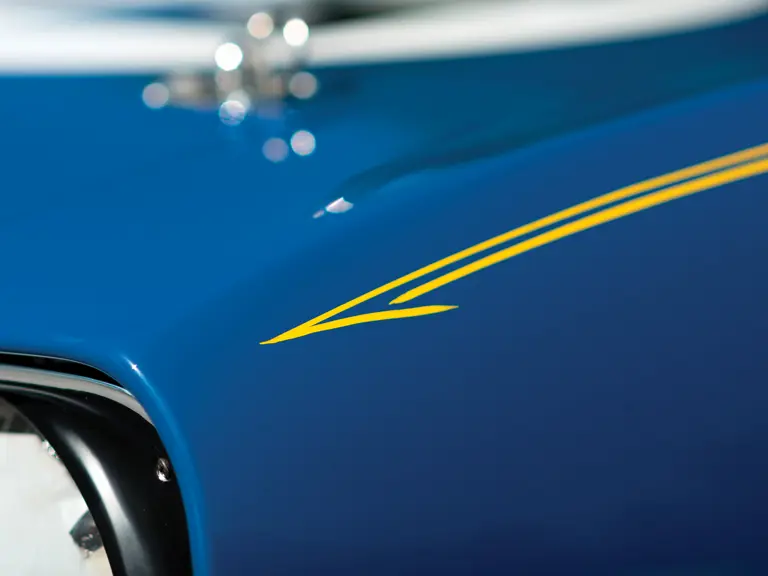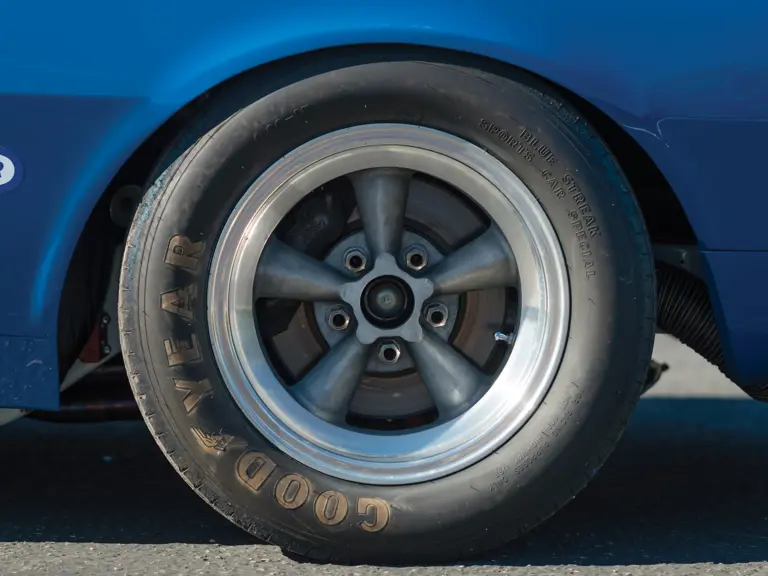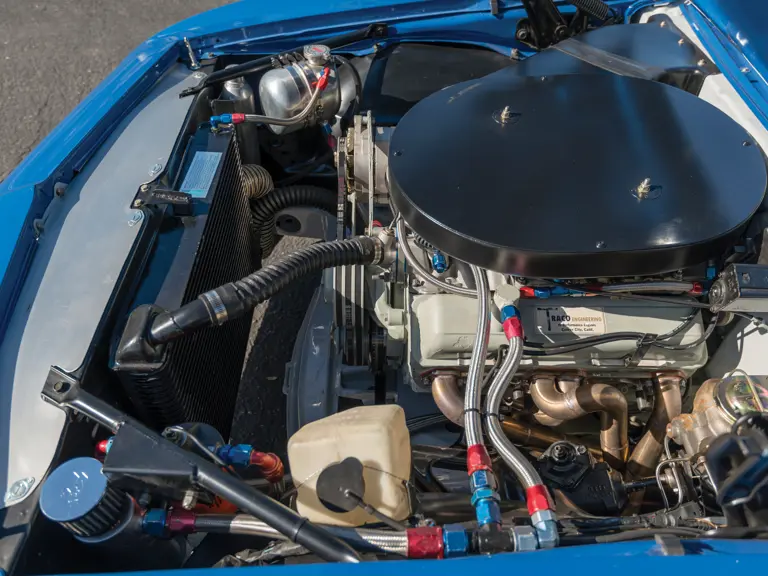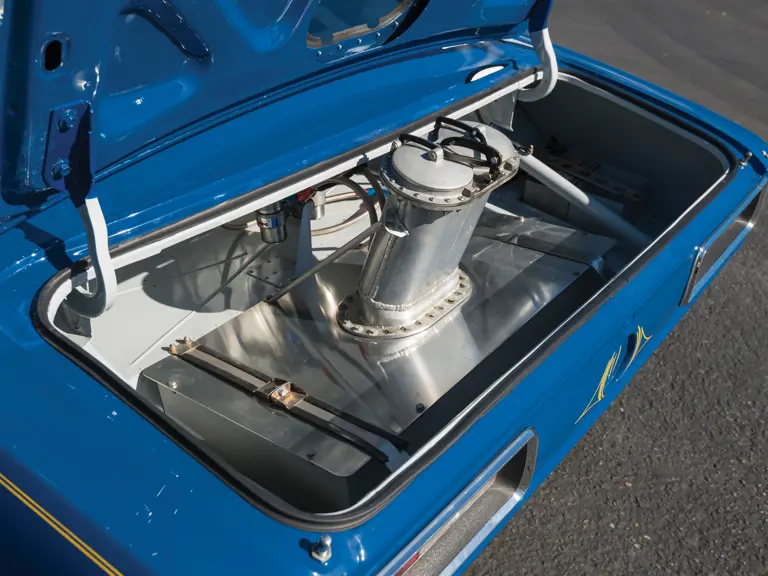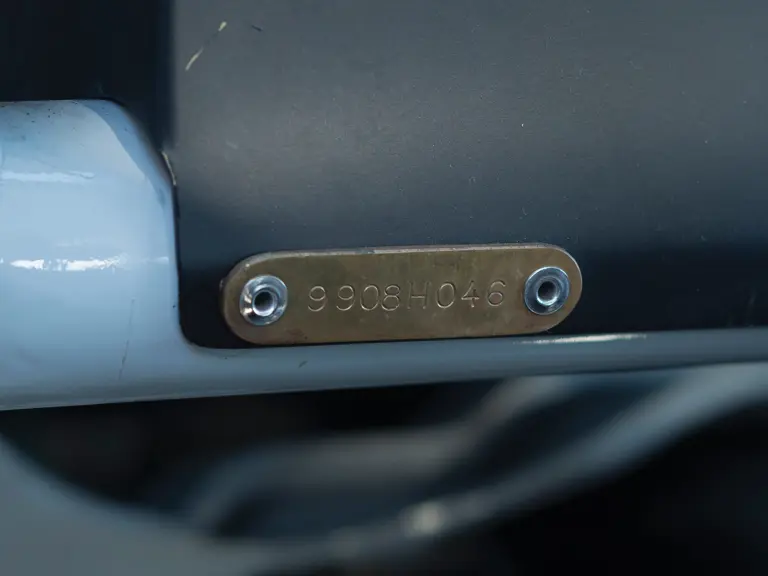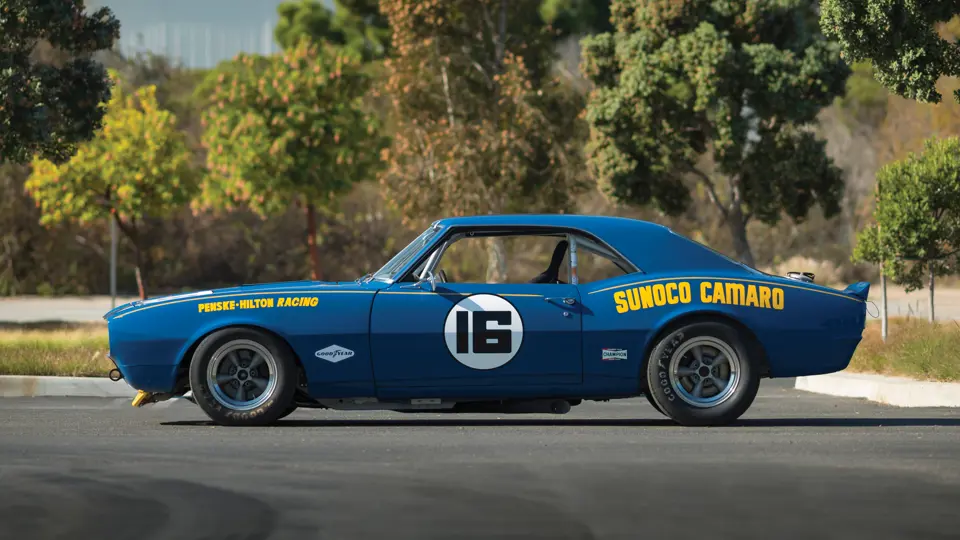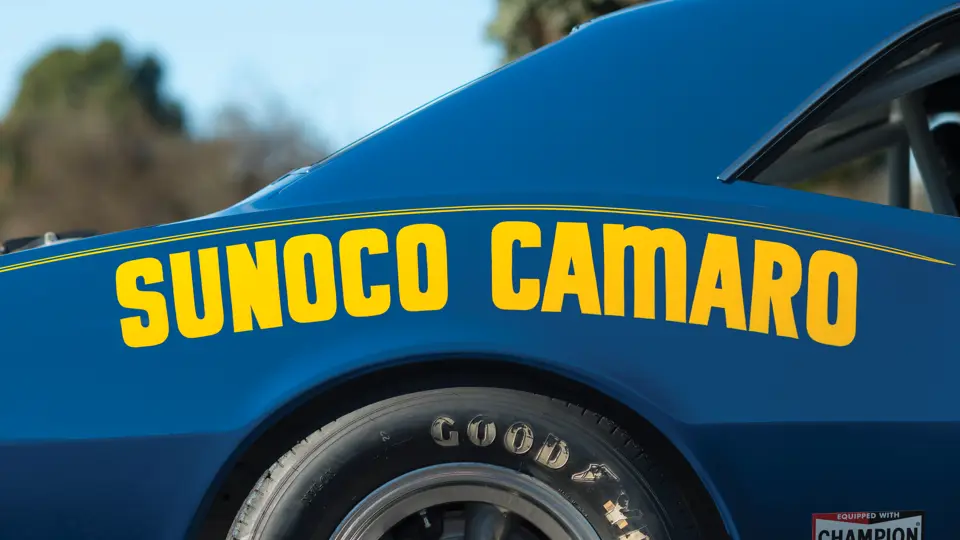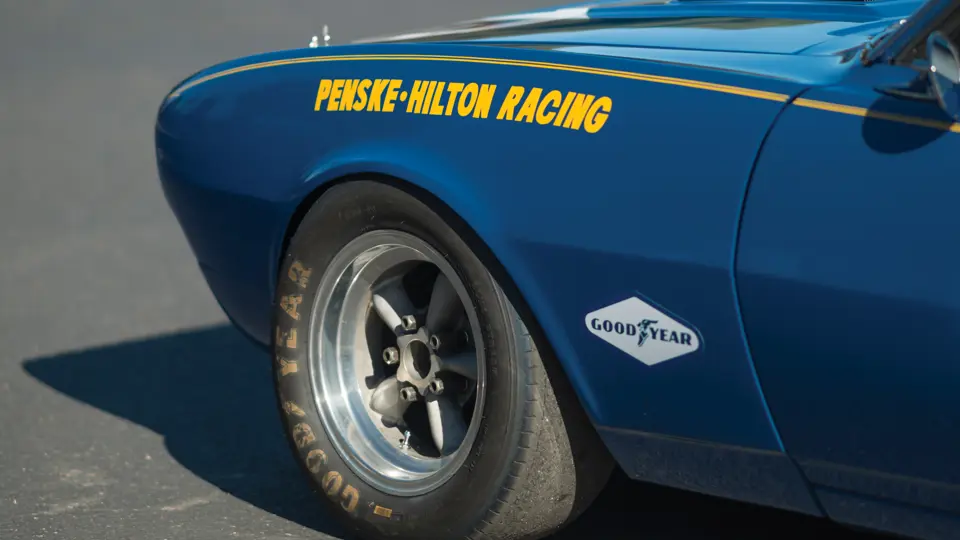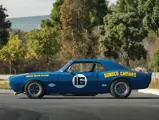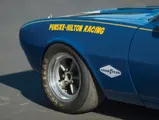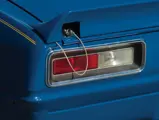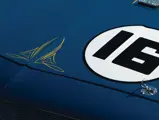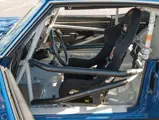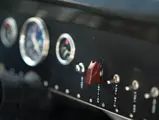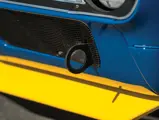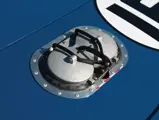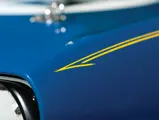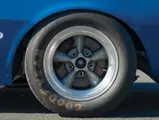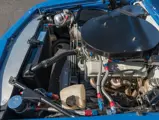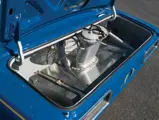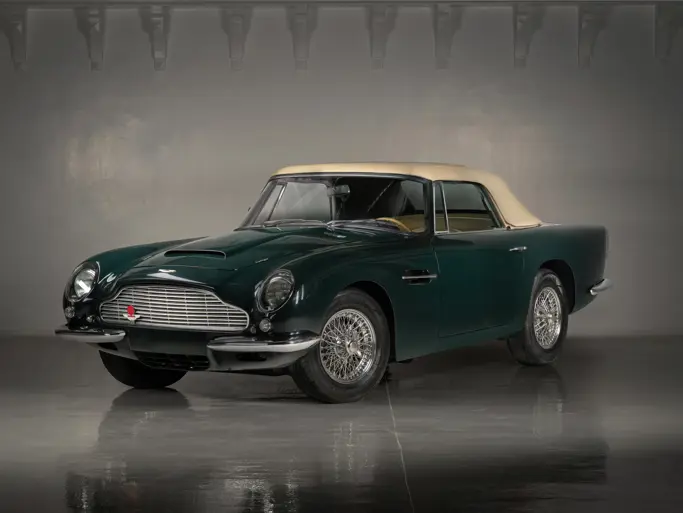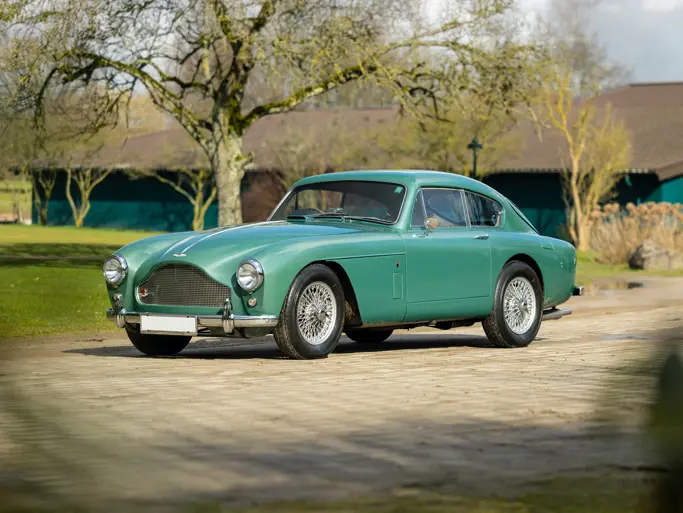 | Amelia Island, Florida
| Amelia Island, Florida

1968 Chevrolet Sunoco Camaro Trans Am
{{lr.item.text}}
$990,000 USD | Sold
{{bidding.lot.reserveStatusFormatted}}
- The first of two examples built for the 1968 season
- Raced in 1968 by Mark Donohue and Sam Posey
- Numerous podium finishes, with many years of successful club racing in Europe
- Comprehensive restoration to 1968 specifications and livery
- Raced and shown at many events, including eight appearances at the Monterey Historics
- Well documented, including letter of authenticity from Penske engineer Ron Fournier
Est. 420 bhp, 302 cu. in. OHV Traco-Chevrolet V-8 engine with dual four-barrel Cross-Ram intake manifold, four-speed M-22 “Rockcrusher” manual transmission, front independent suspension with coil springs and adjustable Koni shock absorbers, rear floating-axle suspension with leaf springs and adjustable Koni shock absorbers, and four-wheel Corvette JR8 disc brakes. Wheelbase: 108 in.
THE UNFAIR ADVANTAGE
Mark Donohue’s exploits in the Trans Am racing series during the late 1960s and early 1970s are the grist of legend. Plucked from Ford’s GT40 teams by Roger Penske, Donohue became a centrifugal element of Penske’s Can Am pursuits in a Lola T70, and he was equally significant in the development of Chevy Camaros for Trans Am. Few drivers displayed as much skill in preparing and fine-tuning the engineering aspects of a racecar, and the modifications that Penske’s team undertook eventually earned them a reputation for having an “unfair advantage.”
After shaving close to 250 pounds from their 1967 “lightweight” Camaro, a rule-defying modification that prompted pre-race inspections the following season, the Penske team undertook a different series of alterations for their 1968 cars. While the prior season’s lightweight Camaro was briefly used at the beginning of the 1968 season, a new more heavy-duty car was concurrently engineered to withstand the rigors of the season’s two endurance races, the 24 Hours of Daytona and the 12 Hours of Sebring.
Starting with an all-new 1968 body shell, Penske engineer Ron Fournier integrated spherical suspension rod-ends, stronger motor mounts, and aircraft-grade fasteners into the chassis. Despite complaints about their weight-shaving techniques, Penske once again acid-dipped the body and then re-added weight in particular areas of the car to improve its overall balance. A dual four-barrel Cross Ram intake manifold was installed on the 302–cubic inch Traco-tuned Chevy engine. Donohue went on to write, “it was so much faster than the single four [barrel set-up] that we reckoned it was another Unfair Advantage.”
Despite these improvements, the Penske team could only muster a 2nd in class finish at Daytona while chasing several Mustangs much of the way. Recognizing that they were struggling with brake-pad changes (which were required roughly every other fuel stop), Chevrolet’s Bill Howell devised a vacuum-based system that retracted the brake calipers, allowing Penske’s pit mechanics to change the pads far more quickly. “I think we could fuel, change all tires, and change front brake pads in about one minute forty seconds,” recalled Donohue in his book, “while it took the Ford guys about four minutes.” With a little further dialing-in, the Penske Camaros became nearly unbeatable, with Donohue winning 10 of the 1968 season’s 13 races, a record that stood until 1997. Though Driver’s Championships were not yet awarded in Trans Am, Donohue’s dominant season easily propelled Chevrolet to the 1968 manufacturer’s title.
THIS SUNOCO CAMARO
This Sunoco Camaro was the third of six such cars built and the first one prepared specifically for Penske’s 1968 season. Delivered to the team’s Philadelphia garage in November 1967 and completed in January 1968, the car was painted in the trademark Sunoco blue livery and driven by Mark Donohue, Craig Fisher, and Bob Johnson at Daytona as #6, where they finished 12th overall and 2nd in class. While Donohue switched to the 1967 Camaro lightweight for the next few races, this 1968 car received the aforementioned brake upgrades and proved much more competitive when raced at Sebring as #16 by Fisher, Johnson, and Joe Welch, finishing 4th overall.
A second ’68 car was then built that was assumed by Donohue, while this first example was mostly piloted by Sam Posey for the remainder of the season, including three 3rd place finishes (at the Bridgehampton 300, the Meadowdale 250, and the St. Jovite 3 Hours). Posey was leading all drivers at Watkins Glen in August 1968, with the car poised to take the checkered flag before a spin-out on some loose gravel dropped him into 2nd place. As Posey more recently wrote in a personal note to a subsequent owner, “Roger never forgave me for losing that race.”
For the 1969 season, Penske began to develop a new crop of Camaros, but this car was retained and cosmetically made over to match, notably including the addition of a black vinyl roof. By mid-1969, though, it was clear the car would no longer be needed, and it was sold through Penske mechanic Peter Reinhardt to Francis McNamara, a European team owner who commissioned Reinhardt to drive the car in Group 2 events at circuits like Hockenheim and Salzburgring (the car finished 1st at both races).
Later that year, the Camaro was sold to Malcolm Gartland, an English team owner who campaigned the car in British Group 2, where it was driven to four victories and five 2nd place finishes by Brian Muir (including a win at the Tourist Trophy at Silverstone in June 1970). The following season proved just as successful, with Muir using the Camaro to win the large-displacement championships in 1970 and 1971.
In 1972, CAB 24H, as it was registered in Europe, was sold to Terry Sanger for racing by the Research Consultants team in Britain, and it continued to turn in respectable results with several 3rd and 4th place finishes over the 1972 season. The team focused more on international events in 1973, and the car notably finished 11th at the 24 Hours of Spa, completing a second long-distance endurance event five years after its Daytona debut, a remarkable accomplishment.
In 1974, the Camaro was acquired by club racer Doug Emms, and he raced the car over the next four years in several British Special and Super Saloon events in Northern England, wearing a new color scheme of maroon and silver, though retaining the black vinyl roof. By mid-1976, Emms repainted the car in a yellow finish with black side-stripes, and he replaced the rear end with an alloy tail that featured a large spoiler.
The car remained in this appearance when purchased by Brian Morris in 1979, and he campaigned the now somewhat anonymous Chevy through 1981 in the ASCAR and ATAC V8 Series. Following the 1981 season, the Camaro was sold to Henry “Fred” Henderson, who hand-painted the car in white and raced it until early 1987. Opponents during these various periods must have marveled at the impressive performance of the otherwise mundane Camaro, not realizing that they were facing the former Penske 1968 Trans Am Camaro.
By the late 1980s, the car was reimported to the United States, and it was treated to a five-year restoration to original specifications completed in 1994, including a return to the famed Sunoco livery. The car then passed through the collections of Don Lee in 2011 and Bill Bryan in 2013, before being acquired more recently by the consignor, one of America’s most respected collectors of significant race cars.
The Sunoco Camaro is accompanied by a file of documentation that features over 100 pages of carefully culled research. This includes many articles about the Camaro in the British and American motoring press (in titles such as Autosport, Car Life, Hot Rod, Sports Car Graphic, and Road & Track), as well as dyno sheets, histories, and input from former luminaries who were connected with the car (including a note from Sam Posey and a letter of authenticity from Ron Fournier).
Also campaigned in more recent years at numerous vintage racing events, including eight appearances at the Monterey Historic Races between 1999 and 2008, this sublime Camaro is a venerable component of Team Penske’s landslide-winning 1968 season. A successful workhorse for several other teams as well, the car continues to benefit from its meticulous restoration, displaying utmost authenticity in the famed Sunoco livery. Driven by the legendary Mark Donohue, this remarkable Trans Am Camaro would crown any collection of American racecars, notable for its ingenious modifications, important history, and sensational presentation.
